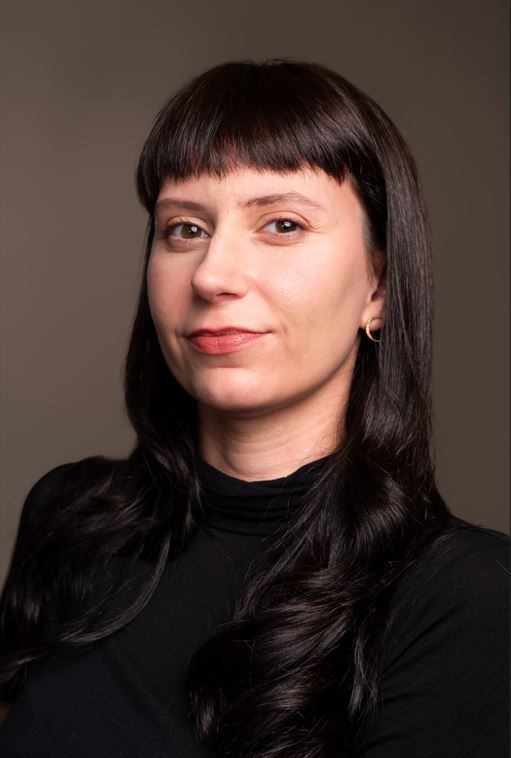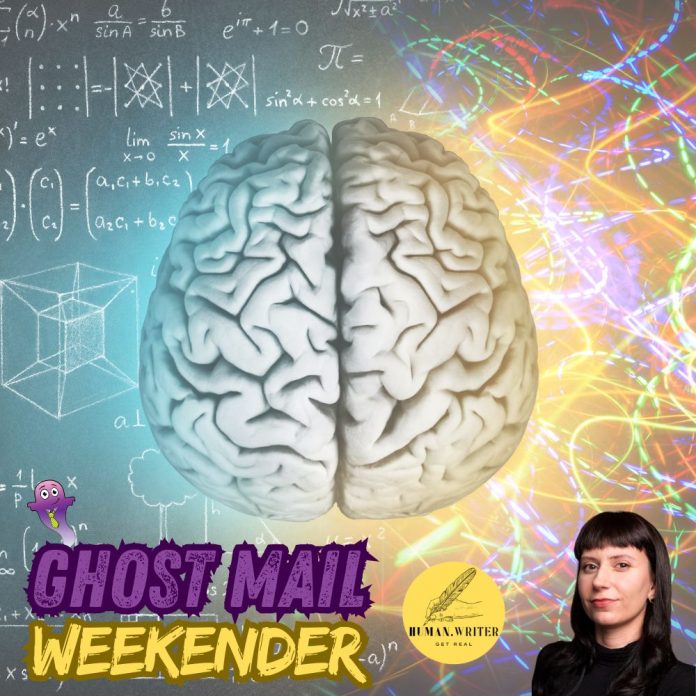The next frontier isn’t space or AI – it’s the human brain. And it looks like we’re strapping in chips before we’ve even read the user manual.
I heard a joke about 3D printers a while ago, where the punchline poked fun at the fact that humanity was dabbling with 3D printing technology when we clearly hadn’t mastered regular printing yet. As someone who (once upon a time) had to put up with the whims and temper tantrums of an office printer, I chuckled at the accuracy of this joke.
What is it about our species that makes us want to run before we’ve really gotten the hang of walking? I thought about this question earlier in this week, when I read about the new “space race” unfolding between Elon Musk and Sam Altman.
If you have no idea what I’m referring to, then allow me to fill you in: Sam Altman, co-founder of OpenAI, is preparing to back Merge Labs, a new brain-computer interface (BCI) startup reportedly raising $250 million at an $850 million valuation. A big slice of that funding is expected to come from OpenAI’s ventures arm, meaning the same company that gave the world ChatGPT now wants to sink its hooks (quite literally) into the human brain.
If that sounds vaguely familiar, it’s because Altman’s old sparring partner, Elon Musk, is already making waves in this space. Musk’s company Neuralink recently raised more than $600 million and is in the middle of human trials, with paralyzed patients reportedly using brain implants to control cursors and play chess with their minds.
On paper, this all sounds like progress, right?
“The singularity”.
“The future of humanity”.
Pick your buzzword. But here’s the problem: we’re strapping neural chips to our heads when we don’t even really know how our heads work yet.
A race with no finish line
Altman vs. Musk is often framed as a tech soap opera. The two worked together on OpenAI, then Musk left in 2018 in a storm of clashing egos and now they seem locked in an innovation arms race. But this isn’t Grok vs. ChatGPT anymore. This time, the battleground isn’t cars or rockets or code. It’s us.
Musk’s Neuralink is already tinkering with human brains, albeit under the watchful eye of the FDA. Its first volunteer, a quadriplegic man named Noland Arbaugh, made headlines in early 2024 when he used Neuralink’s “Telepathy” implant to move a cursor and play online chess. It was the stuff of science fiction novels, until the Wall Street Journal revealed in an update that 85% of the implant’s threads had detached a few months after insertion, as Arbaugh’s brain shifted more than engineers expected. The FDA signed off on fixes, and a second patient, codenamed “Alex”, has since been implanted.
Even so, this is early-stage, high-stakes surgery. We’re talking lithium batteries in your skull, with wires thinner than a hair running through tissue we barely understand. If it sounds messy, that’s because it is.
The brain is not an iPhone
Tech culture thrives on iteration. Build it, break it, ship the update has long been the mantra. That methodology works fine for a rideshare app. But it’s potentially catastrophic when the test subject is the most complex biological structure in the known universe.
When asked how much we know about the human brain, Christof Koch, Chief Scientist and President of the Allen Institute for Brain Science, will readily tell you that we don’t even fully understand the 300 neurons that make up the brain of a worm. Compare that to the 80 to 100 billion neurons inside a human brain.
We can’t explain how emotions form or what their exact purpose is. We can’t explain what causes a mental illness like schizophrenia, or why some medications seem to lessen its symptoms (through trial and error we’ve established that certain kinds of medication work, but we don’t know why they work). And we definitely can’t explain consciousness, the very thing these tech giants want to “merge” with machines.
Memory? Sleep? As it turns out, we can’t really explain those either.
The memory problem
When you learn something new – say, a person’s name – your brain undergoes a physical change. Synapses strengthen or weaken, proteins are synthesized, and new neural pathways begin to form. In theory, these molecular and structural shifts are what transform experience into memory. In practice, no one fully understands the details.
Neuroscientists can track activity at the level of single neurons or entire brain regions, but the precise chain of events that turns fleeting experience into stored knowledge remains one of the great mysteries of biology. Sometimes we memorise things consciously, other times memories are created without our consent. Some things we wish we could remember better; other things we can’t forget even if we want to.
Retrieval is even more puzzling. Ask yourself whether you know someone’s name and the answer often arrives instantly, without conscious effort. That speed and accuracy suggest the brain has an extraordinarily efficient indexing system. Yet no current theory explains how billions of neurons can search, locate, and reconstruct a memory in less than a second.
Each time a memory is accessed, it becomes malleable and open to alteration before being “saved” again. Imagine that you are with a friend and you discuss a shared experience from your childhood. If your friend adds a detail from the experience that you didn’t know before, it will now be included in the memory when you recall it again. This phenomenon, known as reconsolidation, has been demonstrated in laboratory experiments where memories could be weakened, erased, or chemically blocked during the window of recall. So what seems like a simple act of remembering is, in reality, an opportunity for rewriting.
The sleep mystery
You and I spend roughly a third of our lives asleep. Newborns run at double that, spending nearly 16 hours a day in slumber. Dolphins and some birds sleep with just one hemisphere at a time, keeping half the brain awake while the other rests. The evolutionary pattern is universal: all complex animals need sleep. And yet, despite decades of study, science still doesn’t fully understand why.
Several leading theories have emerged, none of them mutually exclusive. One argues that sleep is restorative, allowing the body to conserve energy and repair tissue. Another suggests it acts as a simulation engine, letting the brain rehearse scenarios like problem-solving or threat responses before facing them in waking life. The most widely supported hypothesis is that sleep is central to memory and learning. During certain phases of sleep, neural connections thought to encode memories are strengthened, while irrelevant or redundant information is pruned away. In this view, sleep is not passive rest but active recalibration, making room for the next day’s flood of sensory input.
But definitive proof to back up these theories remains elusive, and the pile of questions remains high. Why eight hours? Why specific cycles of REM and non-REM? Why does a lack of sleep lead not just to fatigue, but to cognitive breakdown, hallucinations, and in extreme cases, death? What happens to our consciousness when we sleep, and how or why do we dream? These questions remain unresolved.
The mirage of safety
Defenders of brain-computer interfaces argue that regulation will keep us safe. After all, the FDA is already in play, ethics committees exist, and human trials are heavily monitored.
And yet, while Neuralink’s first FDA application was rejected due to “major safety concerns”, approval was given anyway, less than a year later. Investigations into the treatment of test animals at Neuralink labs were halted when 20 FDA investigators were fired by Donald Trump in February this year – coincidentally around the time that Elon Musk started spending a lot of time around the Oval Office. Noland Arbaugh’s implant malfunction didn’t end the program; instead, it triggered a patch-and-proceed mentality. Altman’s Merge Labs is still in fundraising mode, but the sheer flow of capital – hundreds of millions at a time – suggests the market isn’t waiting for the science to catch up.
The futurist’s dream is the singularity; a state where human and machine intelligence blur into one. For Musk, it’s insurance against AI outpacing us. For Altman, it’s a logical extension of OpenAI’s mission – if language models already shape how we think, why not plug them directly into thought itself?
But that dream skips over the messy middle: the inconvenient truth that after almost a century of studying the brain, we’re no closer to knowing what we’re actually messing with.
About the author: Dominique Olivier

Dominique Olivier is the founder of human.writer, where she uses her love of storytelling and ideation to help brands solve problems.
She is a weekly columnist in Ghost Mail and collaborates with The Finance Ghost on Ghost Mail Weekender, a Sunday publication designed to help you be more interesting. She now also writes a regular column for Daily Maverick.
Dominique can be reached on LinkedIn here.





Intriguing, informative, thought provoking, and disturbing — a good read indeed.
Superb article. Thankyou
A wonderful article Dominique!
Thought provoking article Dominique. This is coming at us quicker and quicker, and we need a Jules Verne to tell us what 50 years down the road is going to look like.